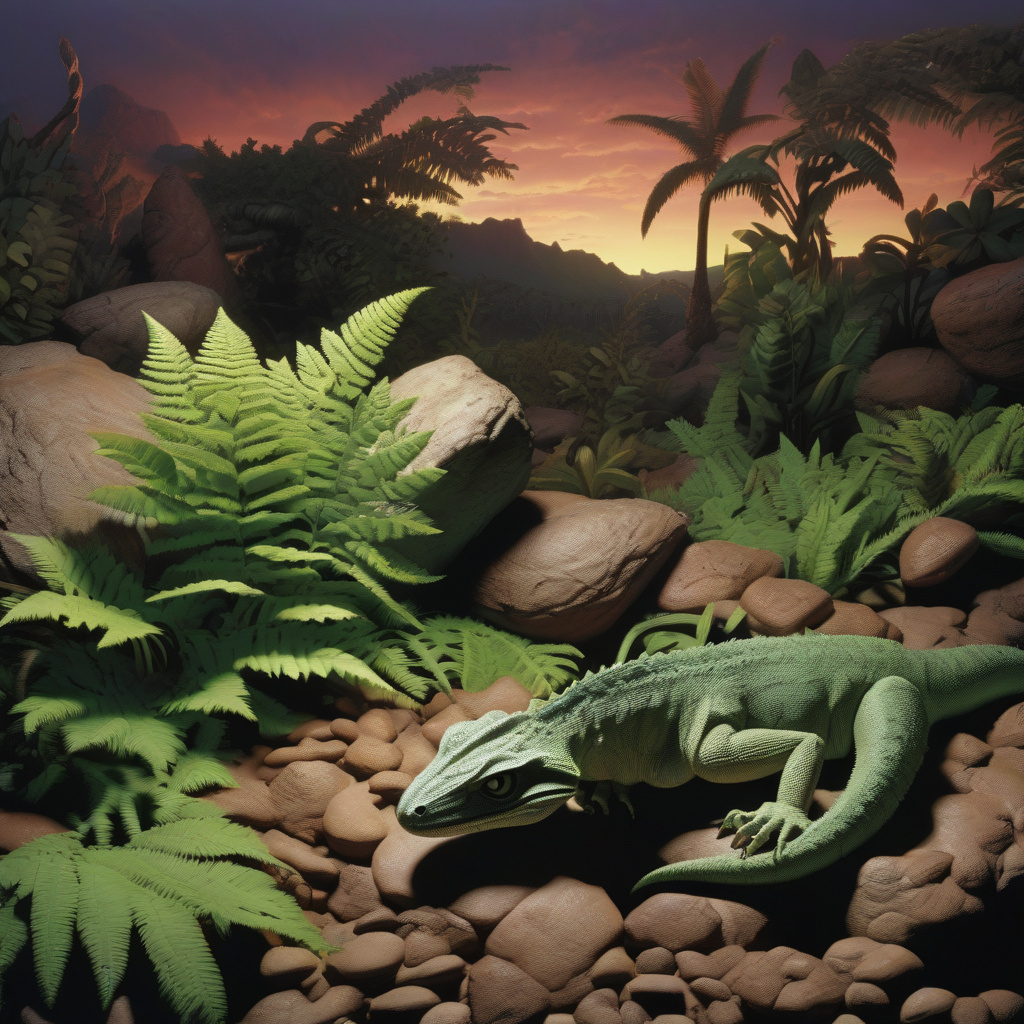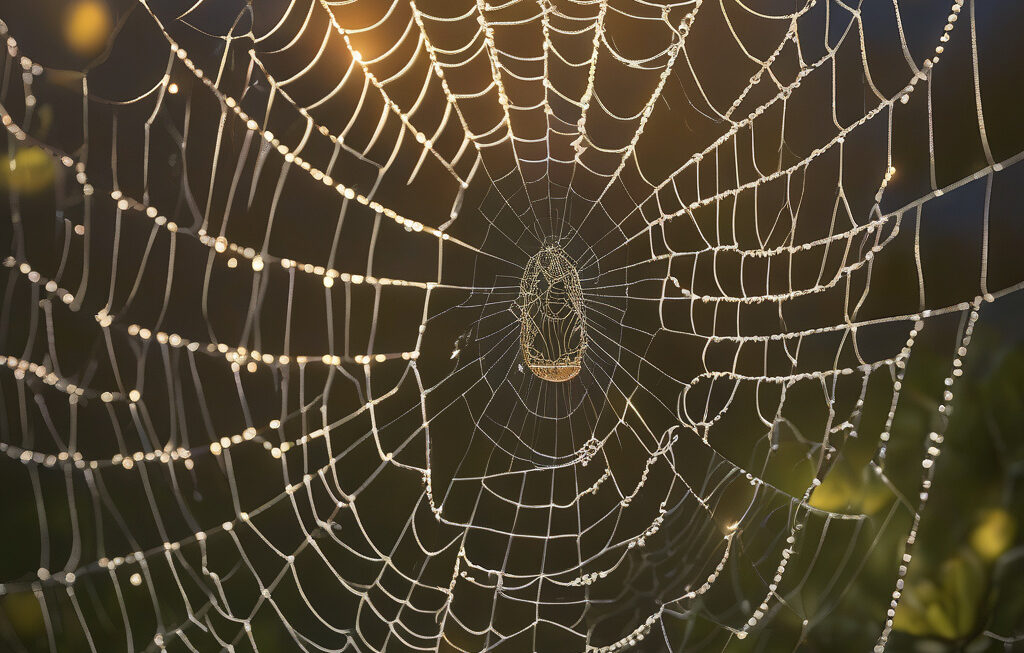US Scientists Uncover Survival Secrets of Night Lizards Post-Asteroid Impact
The Cretaceous–Paleogene (K-Pg) extinction, which wiped out the dinosaurs 66 million years ago, marked one of the most significant events in Earth’s history. While the extinction event is commonly associated with the demise of the dinosaurs, it also had a profound impact on various other species. Among the survivors were the enigmatic night lizards, whose ability to endure and adapt in the aftermath of the asteroid impact has long intrigued scientists.
Recent research conducted by a team of US scientists has shed light on how night lizards managed to survive and thrive in the wake of the catastrophic event that led to the extinction of three-quarters of Earth’s plant and animal species. The study, published in the journal “Evolutionary Biology,” reveals fascinating insights into the evolutionary strategies that enabled these resilient creatures to weather the aftermath of the asteroid impact.
One key factor that contributed to the survival of night lizards was their ecological flexibility. Unlike many other species that perished in the aftermath of the K-Pg extinction, night lizards were able to adapt to a wide range of environmental conditions. This adaptability allowed them to exploit new ecological niches and find refuge in habitats that were less affected by the environmental upheaval triggered by the asteroid impact.
Furthermore, the researchers found evidence that night lizards underwent rapid evolutionary changes following the K-Pg extinction. By diversifying their diet, behavior, and habitat preferences, these lizards were able to capitalize on the vacant ecological spaces left behind by the extinct species. This rapid adaptation and diversification were crucial in enabling night lizards to not only survive but also thrive in the post-extinction world.
The study also highlights the importance of genetic diversity in ensuring the long-term survival of species. By analyzing the genetic makeup of modern-day night lizards, the scientists were able to trace the evolutionary history of these creatures and identify genetic variations that may have played a role in their post-extinction success. Maintaining high levels of genetic diversity within their populations likely provided night lizards with the raw material needed to adapt to changing environmental conditions and evolving ecological dynamics.
The findings of this research have broader implications for our understanding of how species respond to catastrophic events and the mechanisms that drive evolutionary change. By unraveling the survival strategies of night lizards in the aftermath of the dinosaur-killing asteroid, scientists can gain valuable insights into the dynamics of extinction and recovery in the natural world.
As we continue to grapple with the challenges of a rapidly changing planet, studying the success stories of resilient species like night lizards can offer valuable lessons for conservation and biodiversity preservation efforts. By recognizing the importance of ecological flexibility, rapid adaptation, and genetic diversity, we can better equip ourselves to protect and sustain the rich tapestry of life on Earth.
In conclusion, the research conducted by US scientists offers a compelling glimpse into the remarkable resilience of night lizards in the face of one of the most catastrophic events in Earth’s history. By unraveling the secrets of their survival, we not only gain a deeper appreciation for the wonders of evolution but also glean valuable insights that may help us navigate the challenges of an uncertain future.
night lizards, survival strategies, asteroid impact, genetic diversity, ecological flexibility












